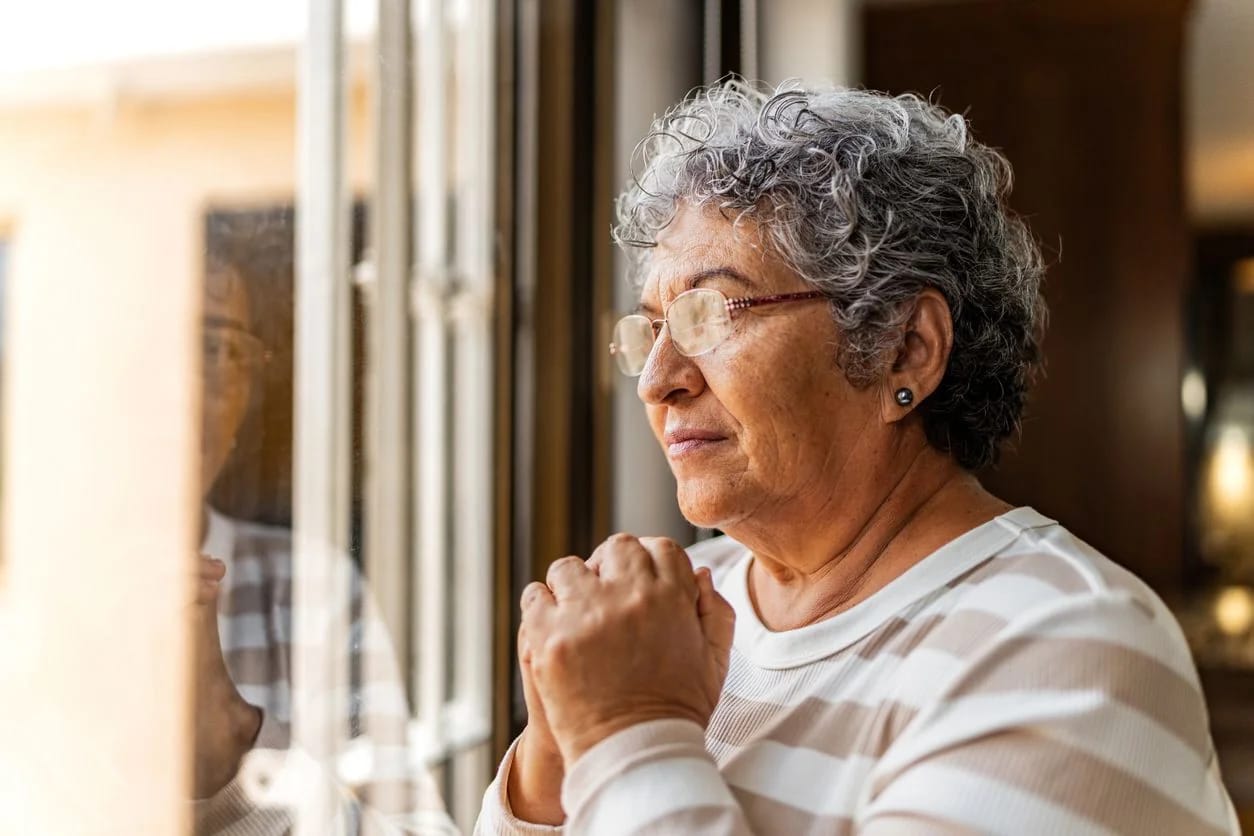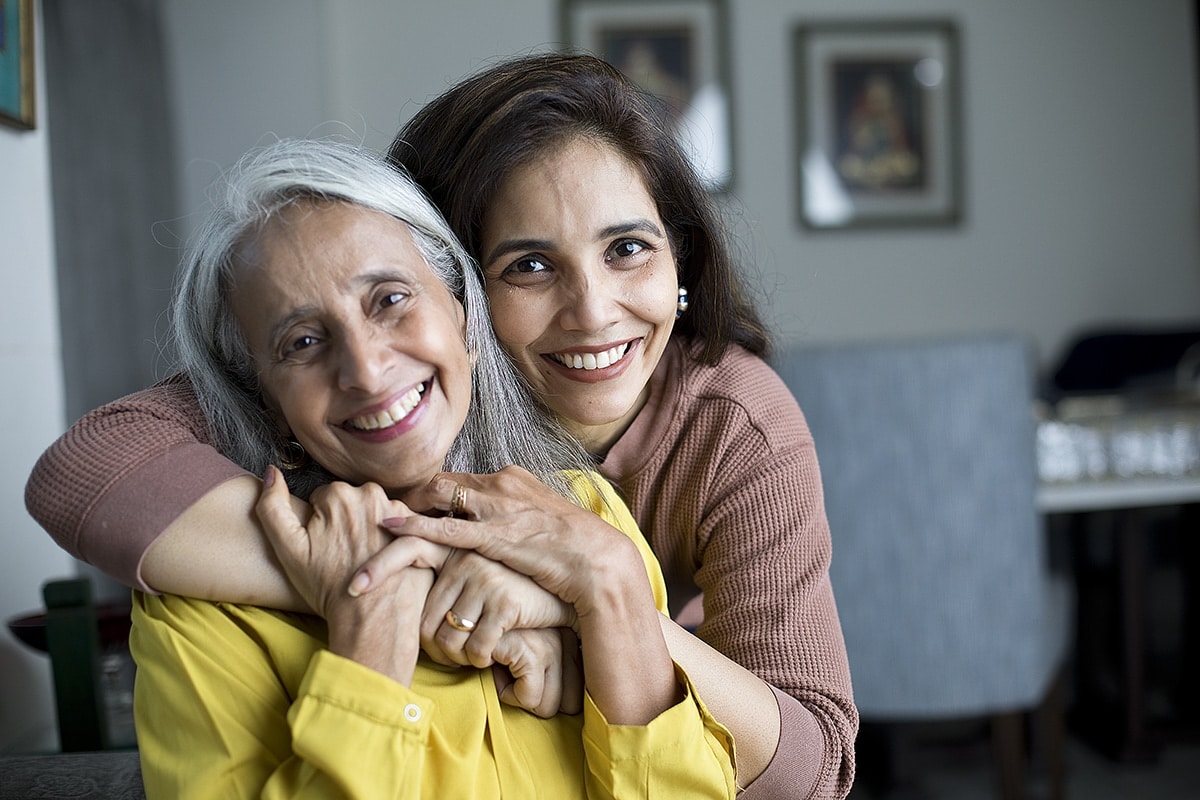Fall Prevention for Seniors
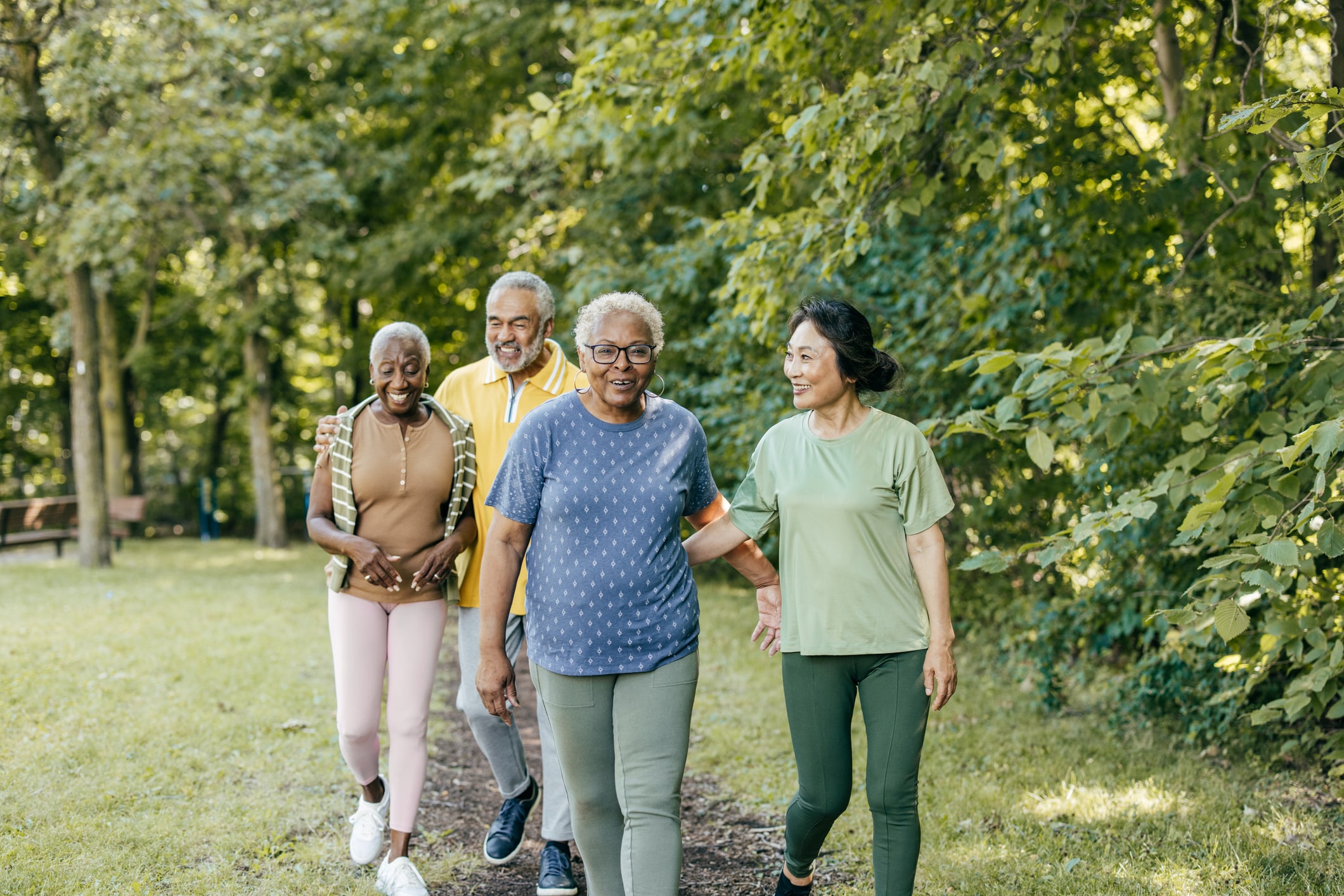
Falls among seniors significantly impact physical health and quality of life. As one of the leading causes of injury and death in older adults, fall prevention for seniors is crucial. Falls in the elderly statistics from the CDC report that one in four adults age 65 and older falls annually. This leads to serious consequences like fractures, head injuries, and loss of independence.
Understanding fall prevalence and impact is key for effective prevention. Falls pose injury risks and can lead to a fear of falling, reducing activity and worsening health. This risk can be reduced through lifestyle changes, home modifications, and medical interventions.
This blog will cover practical strategies for fall prevention, including home safety, balance and strength exercises, and medical aids, helping seniors enhance safety and maintain independence.
Common Causes of Falls in Seniors
Answering the question “Why do elderly people fall?” is crucial for developing effective fall prevention strategies. Falls in seniors are caused by various medical and environmental factors. Here’s a closer look at some common causes:
Medical Factors
- Medication Side Effects: Sedatives and antihypertensives can cause dizziness and balance issues.
- Blood Pressure Changes: Rapid shifts in blood pressure can lead to fainting.
- Vision and Hearing Loss: Impaired vision and hearing reduce stability and awareness.
- Underlying Conditions: Arthritis, Parkinson’s disease, and diabetes can cause weakness and imbalance.
- Vitamin D Deficiency: Low vitamin D weakens bones and muscles, increasing fall risk.
Environmental Factors
- Tripping Hazards: Loose rugs, cords, and low furniture can cause trips and falls.
- Slippery Surfaces: Wet floors, icy paths, and smooth floors can become dangerously slippery.
- Poor Temperature Control: Inadequate heating or cooling can cause dizziness and dehydration, increasing fall risk.
- Instability in Unfamiliar Environments: New or unfamiliar settings can create instability and raise fall risk.
By addressing these common causes of falls in old age, we can better understand and mitigate the risks associated with seniors falling. Taking proactive measures to manage these factors can help maintain safety and independence for older adults.
Consequences of Falls in the Elderly
Falls in seniors can lead to significant physical and emotional repercussions:
Physical Consequences
- Broken Bones: Falls often cause fractures, especially hip fractures, impacting mobility and health.
- Hospitalization and Recovery: Serious falls may require hospitalization and extended recovery.
- Bruising and Skin Complications: Thin skin can lead to severe bruising and complicate recovery.
Emotional and Social Consequences
- Loss of Independence: Falls may necessitate mobility aids or assisted living, reducing independence.
- Anxiety and Fear: Fear of falling again can cause anxiety and limit mobility.
- Social Isolation: Physical limitations or fear can lead to social withdrawal and reduced interactions.
Addressing these consequences highlights the need for effective fall prevention strategies to protect seniors’ health and well-being.
Practical Steps To Prevent Falls
Effective fall prevention in elderly populations involves a combination of maintaining health and making home modifications. Here’s how to reduce the risk of falls:
Medical and Physical Health
- Maintain Fitness: Engage in regular exercises like chair exercises or low-impact aerobics.
- Balanced Diet and Hydration: Eat a nutrient-rich diet and stay hydrated.
- Regular Checkups: Schedule eye and hearing exams to detect changes affecting balance.
- Physical Therapy: Strengthen muscles and improve balance with physical therapy and mobility aids.
Home Modifications
- Install Safety Features: Add grab bars and handrails to prevent slips and falls.
- Improve Lighting: Enhance lighting, especially on stairs.
- Clear Clutter: Remove tripping hazards and secure loose rugs.
- Easy Access: Keep essentials within reach to avoid unnecessary movement.
By integrating these practical steps, seniors can enhance their safety and significantly reduce the risk of falls, ensuring better fall protection for elderly individuals and improved overall well-being.
Engaging Seniors in Fall Prevention
Learning how to prevent seniors from falling is key. Here’s how:
- Acknowledge Fall Risk: Help seniors recognize and address their fall risk.
- Discuss Health Issues: Address health conditions that may contribute to falls.
- Review Medications: Regularly manage medications with a healthcare provider to mitigate side effects.
- Suggest Fall Detectors: Recommend fall detectors like pendants or home alarms for added safety.
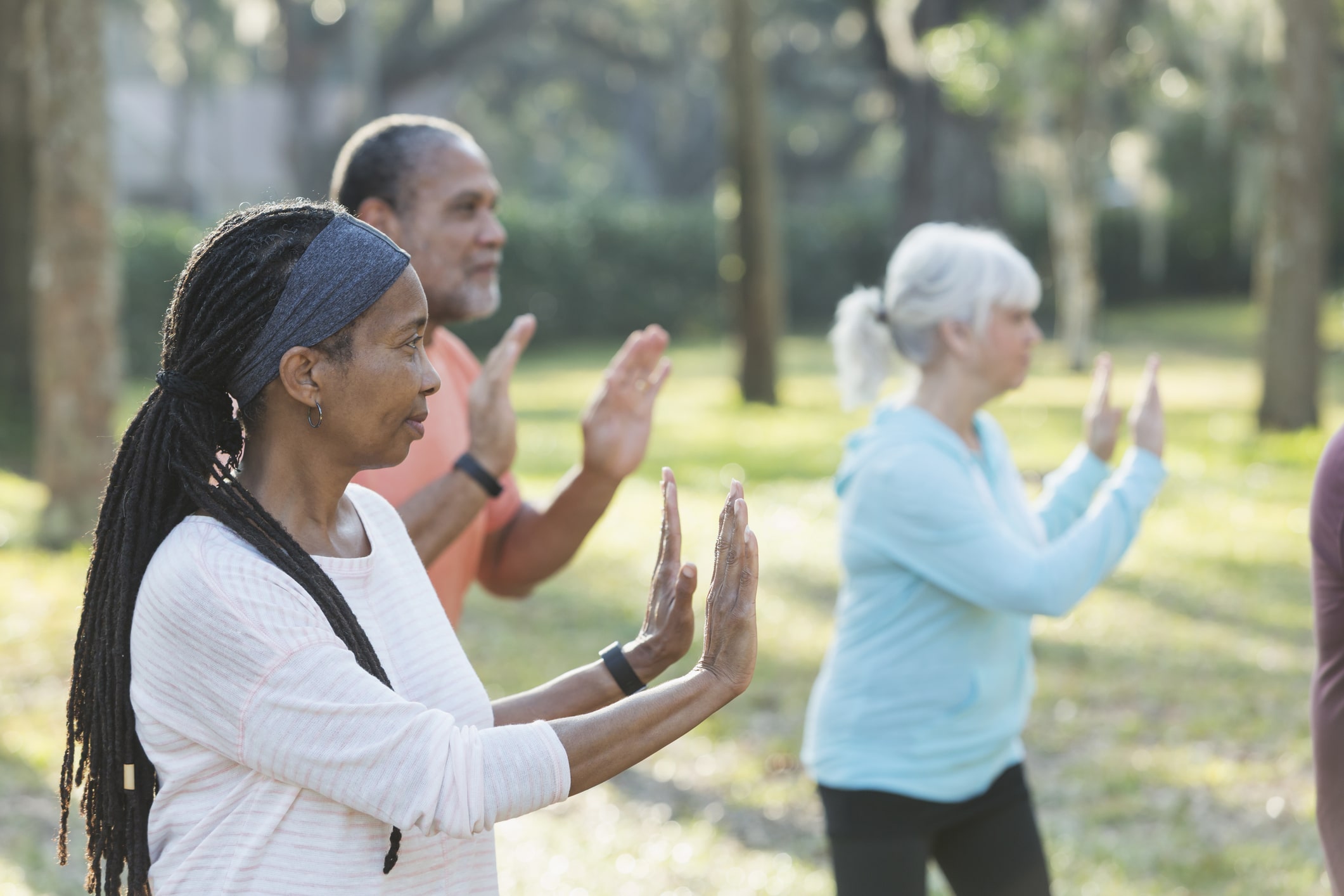
Fall Prevention Programs and Resources
Utilizing available resources can greatly aid in how to avoid falls in the elderly. Consider the following options:
Community Programs
- Balance Improvement: Join programs like “A Matter of Balance,” “Stepping On,” and Tai Chi to improve balance and reduce fall risk.
- Local Resources: Reach out to Area Agencies on Aging for information on community resources and fall prevention programs.
Professional Help
- Occupational Therapy: Get home safety assessments and tailored recommendations from occupational therapists.
- CDC’s Home Safety Checklist: Use the checklist to identify and address home hazards.
With these tools and resources, seniors can effectively manage fall risks and improve safety.
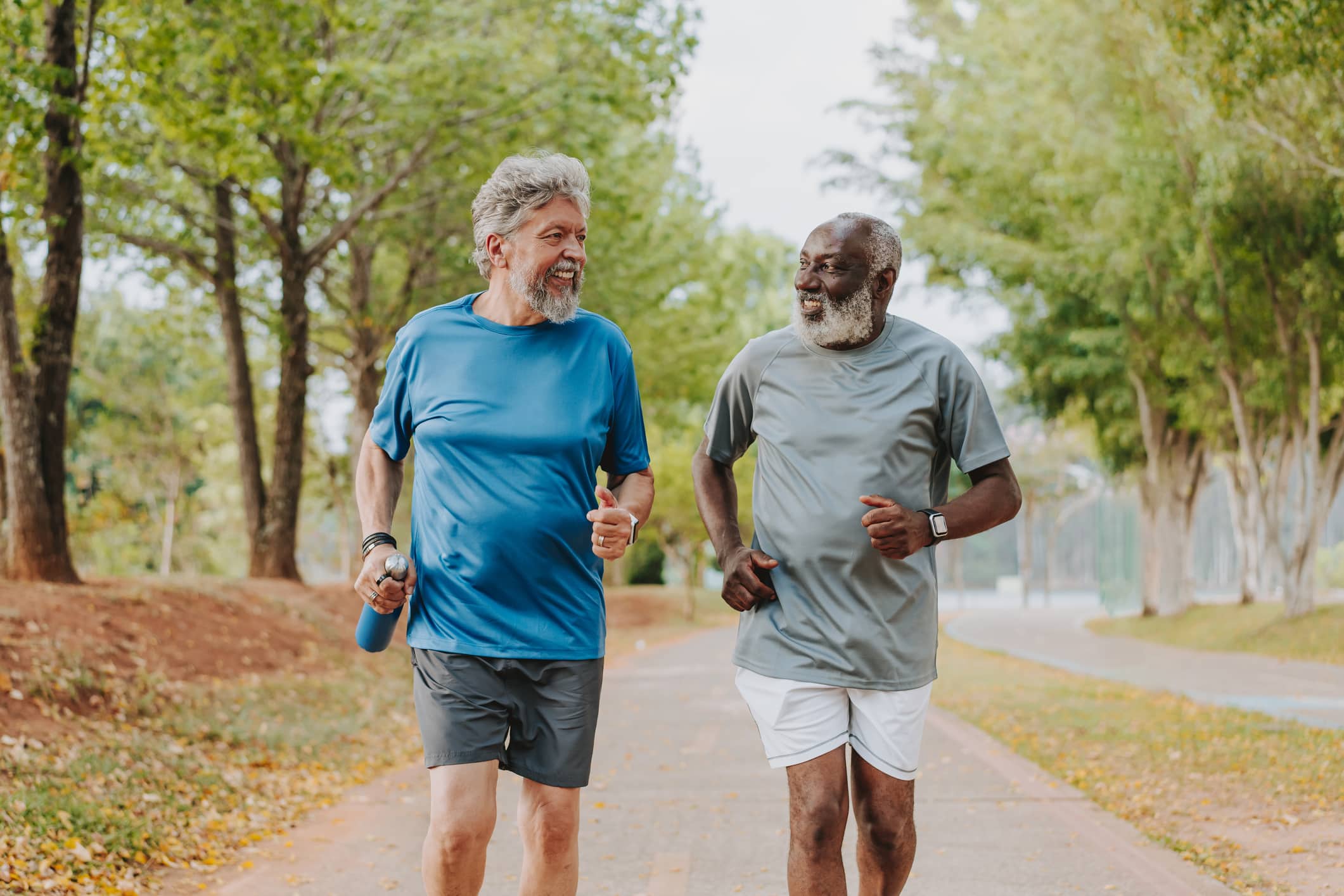
Create a Fall Prevention Plan Today With Cascade Living Group
Fall prevention is essential for senior safety. By understanding the causes and implementing safety measures, you can reduce fall risk and enhance quality of life.
To protect your loved ones, consult a healthcare provider or senior living advisor for personalized fall prevention strategies.
Contact the Cascade Living Group community closest to you to discuss how we can help your loved ones with effective fall prevention measures.
